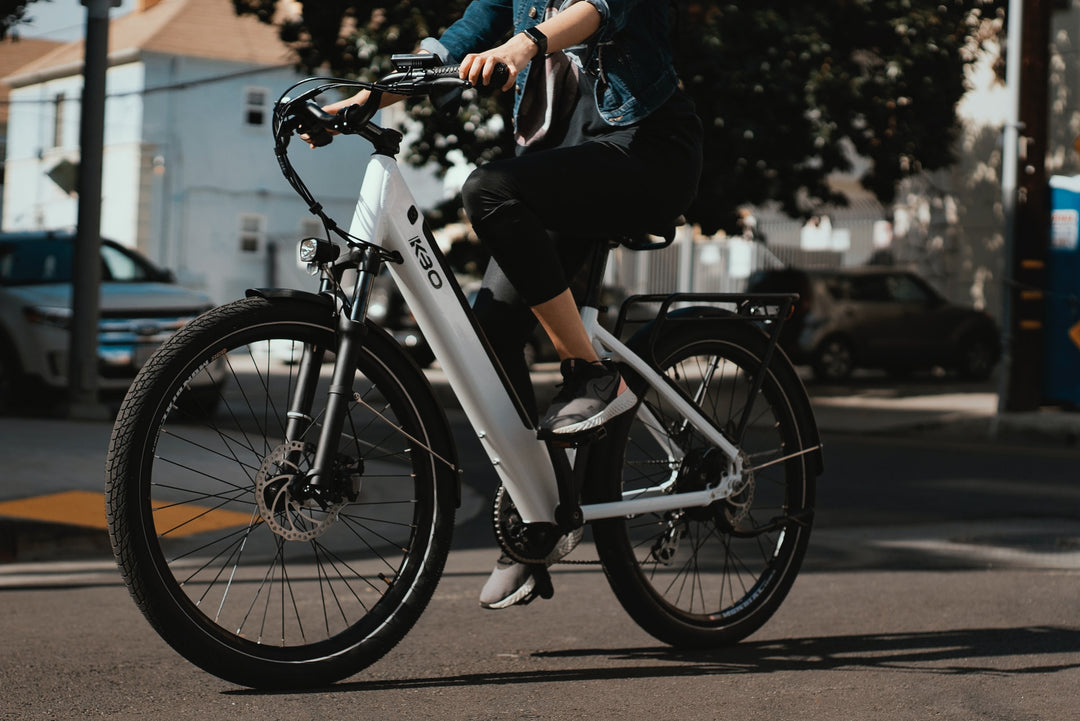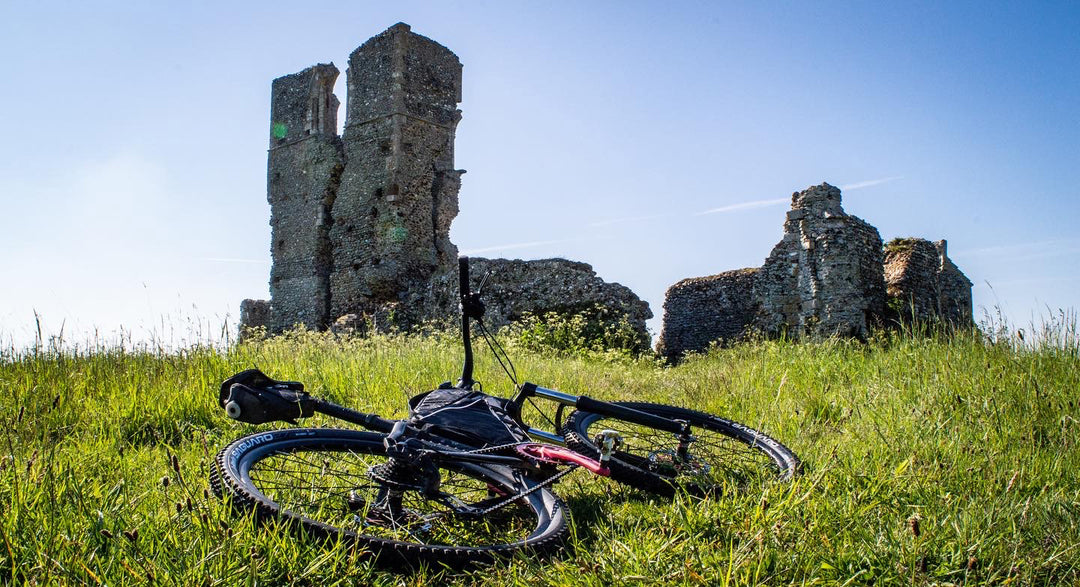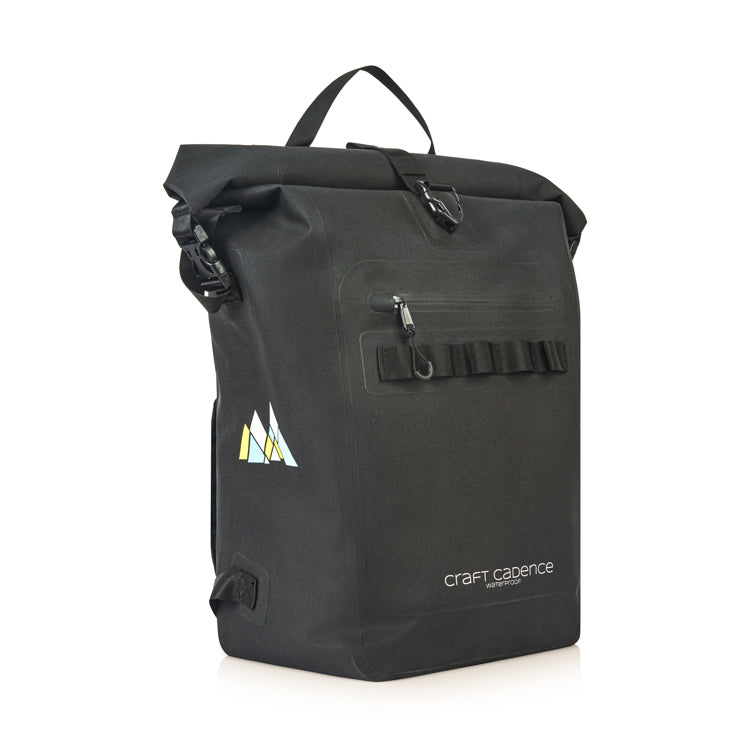A scientific look at pollution masks for your cycling commute
Note (2020): an updated article comparing the effectiveness of 9 cycling masks can be found here.
Most people only think of their outward safety while on their commute, taking precautions such as a wearing hi-vis jackets and helmets. However, numerous studies show that air pollution might just be the biggest long term dangers of commuting, especially in polluted cities such as London, New York and Paris.
According to a recent study carried out by Kings College in London, close to 9500 people die every year in London due to long-term air pollution exposure. Most of these deaths come from Nitrogen Dioxide and other particles (PM2.5s). Many cities in the UK exceed EU limits of NO2 pollution, including London, Leeds and Birmingham, placing excessive levels of pollution in people’s way.
Cycling commuters are particularly affected as they often cycle in heavy traffic. Talk to any London cyclist and they will tell you about the nauseating smell of diesel fumes pumped out from endless traffic.
In addition, the average commuter breathes larger quantities of air in order to exert energy compared to normal commuters, and therefore risks breathing in far more harmful particles. In some severe cases, over-exposure to these particles can lead to respiratory problems.
What should commuters do about the pollution? Of course, one can plan a less polluted route through quite back streets. However for those that cannot avoid heavy traffic, it seems that breathing in smog and particles cannot be avoided.
The pollution mask debate
Some cyclist are starting to use pollution masks, but far from the majority. Many cites that masks are uncomfortable, restrict your breathing, get slightly hot and doesn’t guarantee to keep 100% of all particles out.
However, do the health benefits of wearing masks outweigh the discomfort that they bring?
What is a pollution mask?
A pollution mask helps to filter out dangerous pollutants from being breathed in. A pollution mask is beneficial as long as it uses Sub-Micron filters, which help to filter out any of the small particles. The better the mask, the more it seals off outside air, with only filtered air coming through the valves on the mask.
The effectiveness of Pollution Masks
The use of a pollution mask is a common practice in such cities as China and Japan. In these countries, the use of a respiratory mask is common, even standard practice when one catches a cold. Studies have been made looking at the effectiveness of respiratory masks.
According to research in São Paulo, Brazil, exposure to polluted air caused an increase in BNP (a hormone secreted by the ventricles if the heart, in response to stretching or stressing of the heart muscles) and deterioration in endothelial function (which is a thin membrane that lines the inside of the heart). The same study showed that pollution masks caused a reduction in BNP levels and an improvement in endothelial function. A similar study in Beijing, China was also able to link the use of face masks to improved cardiovascular outcomes.
There are also scientific studies that show that pollution masks cannot completely remove all particulates and pollution from reaching your lungs. Dr Penny Woods from the British Lung Foundation states “Most masks cannot filter out the smallest pollution particles in the air.
On balance, pollution masks do offer a layer of protection against the most harmful of pollutants and perhaps more practically, shield you from the awful smell of diesel fumes and a layer of protection during harsh winters. Over the long run, pollution masks rather than cloth masks will do more good than harm.
Pollution masks for cyclists
While respiratory masks may be effective for walking outdoors, they are not especially designed for cycling who are travelling at speed. These masks tend to be loosely secured and blow away easily while riding bicycles. Some manufacturers have therefore developed specialised pollution masks for cyclists. Let’s look at what makes a good cycling pollution mask.
For a commuter, the mask needs be secure during riding and not be prone to falling out. The filters need to be effective at keeping microscopic particles as well as noxious gases out. The seal should be tight, so that airflow only comes in through the valves. The filters need to be replaceable or washable for reuse.
Most cycling masks provide two valves or filters, either side of the mouth. The Filtration usually comes from a cloth filter to help filter the worst of urban pollution. While some also provide a HepA-type filter to screen out pollutants such as respirable dust and pollens. The two valves allow easier exhalation and helps release such things as heat, water vapour and carbon dioxide.
A contoured shape is usually designed to fit around the person's face, accompanied by a highly stretchable head brace allowing for customisability. A Nose clamp can be found on most masks as well, to both help sealing and also to help fit the person's face correctly.
While some masks are made from Neoprene giving a comfortable and secure fit, a mask can be made of numerous flexible materials including cloth. Filters are always replaceable and are designed to last around 1 month of continued daily use. Most brands of masks also provide numerous sizes and it is recommended to follow their sizing charts.
How much maintenance is needed for masks?
Most brands offer filters that can be taken apart and cleaned. It is recommended each month to replace the filters. The inside and outside of the masks can be cleaned with warm water and is not recommended to be cleaned with any harsh cleaning additives.
How much do cycling pollution masks cost?
A quality cycling pollution will set you back between 25-45 pounds (30-50 USD) while replacement filters range from 8-20 pounds (10-30 USD) depending on number of filters in pack.
What should cycling look for in a pollution mask?
For cyclists, being able to breathe comfortably through a Mask is a major requirement. Breathing through a pollution mask should be unlabored, and condensation inside of the mask needs to be limited.
While breathing requirement is important, so is ease of use. The ease of cleaning, attaching and carrying are also important considerations.
A mask with at least two breathing filter vents valves is recommended so that enough oxygen is able to flow through the filters during heavy breathing for sporting activity with heavy breathing, allowing the needed oxygen to flow enough through the filters.
Finally, cost is of course important. The cost of the mask and replacement filters should be able to be found at a reasonable cost, while also be readily available where ever you may be living.
Craft Cadence face mask with nanofiber technology
Craft Cadence is pleased to announce that our new V2 ViralOff face masks will come with both a sewn in N99 certified nanofibre filter, and the option to insert removable N99 certified nanofibre filters to further prolong the life of the mask. This is the first mask in the world (that we are aware of) to have both options available.
We are also pleased to be able to provide on request:
- The FFP3 (N99) certified report of our nanofiber filters
- An internal wash report which shows that the filter loses 2% of the filtration efficiency after 10 washes. We will look to gain third party certification of the after wash filtration efficiency of the filter in the future.
- Our Polygiene ViralOff laboratory results and certification, showing that our outer layer eliminates 99% of viruses within 2 hours, including SARS-Cov-2.
Conclusion
Overall, using a pollution mask on your daily commute can help reduce fumes, protect yourself against air pollution, while reducing microscopic particles as well as noxious gases from your lungs. They also offer warmth during winter and shield you from the horrible smells of traffic.
Although a mask can be uncomfortable at time, and sometimes restrict your breathing, the health benefits of wearing masks far outweighs these cons and all cyclists should seriously consider pollution masks if they ride through heavy traffic.



